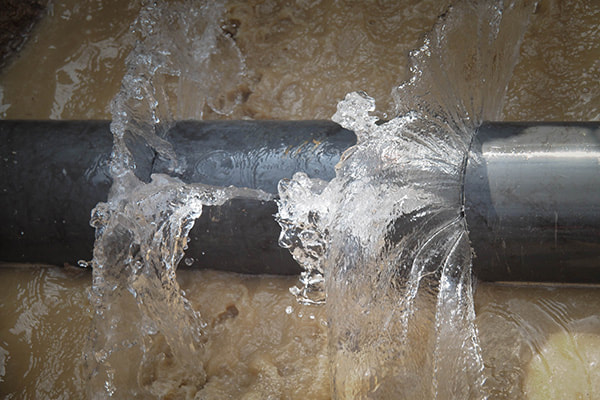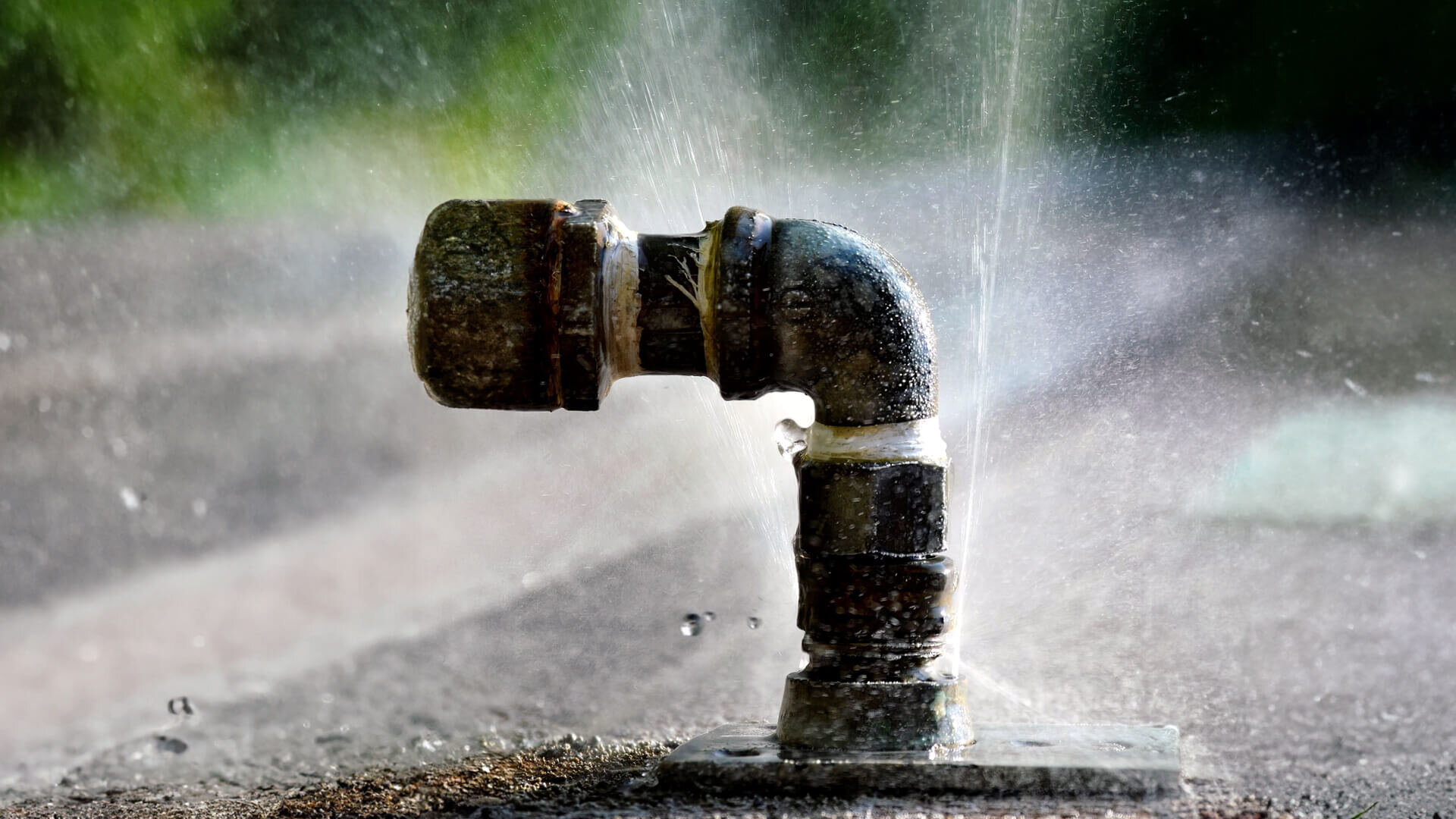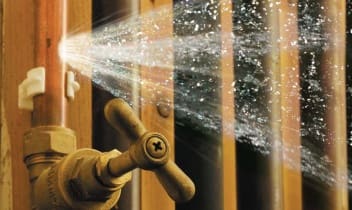Signs of a Burst Pipe: How to Identify and Address the Issue Before It Escalates
Avoiding Ruptured Pipes: Crucial Tips to Protect Your Pipes
Protecting against burst pipes is an important problem for homeowners, particularly during chillier months when the threat of cold is heightened. Executing critical procedures such as appropriate insulation, routine inspections, and preserving constant indoor temperature levels can considerably minimize the chance of pipeline failure. In addition, comprehending emergency situation treatments outfits house owners to respond promptly to prospective plumbing issues. Nonetheless, many are unaware of the particular vulnerabilities that their pipes might encounter. Exploring these susceptabilities can give invaluable insights right into securing your plumbing system successfully.
Understand Pipe Vulnerabilities
Recognizing pipe vulnerabilities is vital for reliable pipes upkeep and protecting against expensive damage. A number of aspects contribute to the sensitivity of pipes to bursts, including material composition, age, and environmental conditions. Older pipelines, specifically those made from galvanized steel or polybutylene, typically degrade over time, resulting in raised danger of tears and leaks.
Temperature changes can also dramatically effect pipe honesty. In cooler environments, water trapped in pipelines can freeze, exerting and broadening stress on the pipe walls, which might eventually lead to a burst. In addition, high water stress can strain pipelines, particularly at joints and bends, increasing the chance of failing.

Insulate Water Lines Effectively
Correct insulation of pipelines is essential for preventing cold and subsequent bursts throughout winter (burst pipe). Protecting your pipes system properly safeguards against temperature goes down that can cause expensive damages. Begin by identifying susceptible areas where pipelines are exposed to outdoor temperatures, such as cellars, attic rooms, and exterior walls
Use foam pipeline insulation sleeves or cover insulation tape around these areas to supply a protective obstacle. Make sure that all areas of the pipelines, especially those with minimal warmth direct exposure, get appropriate insulation. Pay unique focus to installations and joints, as these are more susceptible to freezing.
When insulating, it's important to choose products that fulfill local building codes and are suitable for the certain atmosphere. For circumstances, fiberglass insulation is usually advised for its thermal resistance buildings - burst pipe. Furthermore, take into consideration making use of warmth cords or tape in extreme problems, which can be connected in to provide additional warm
Consistently check protected pipes for any kind of signs of wear or damage, as endangered insulation can lessen its efficiency. By taking these aggressive procedures, you substantially reduce the danger of pipeline ruptureds, making sure a dependable pipes system throughout the cold weather.
Maintain Regular Temperature
A stable interior temperature level is important for stopping burst pipelines throughout the freezing months. When temperature levels drop, water within pipes can freeze, broadening and developing stress that might inevitably create the pipelines to burst.Using a programmable thermostat can aid take care of indoor temperatures efficiently, guaranteeing that rooms with pipes stay warm even when the residence is empty.
On top of that, it is sensible to permit taps to drip a little throughout extreme cold snaps. This minor flow of water can prevent cold by relieving pressure within the pipelines. During especially severe weather events, take into consideration briefly putting on hold any Read Full Report kind of nighttime setbacks on your thermostat to maintain a stable warm setting. By carrying out these approaches, house owners can dramatically reduce the danger of pipeline ruptureds and protect their pipes systems against the extreme wintertime aspects.
Consistently Check Plumbing
Routine assessments of plumbing systems are essential for stopping burst pipelines and keeping overall home integrity. During these evaluations, it is these details crucial to examine visible pipelines for indications of rust, leaks, or use.
Additionally, examining joints and links is crucial, as these factors are typically at risk to leakages. Homeowners need to also analyze water stress levels, as too much stress can stress the plumbing system and increase the danger of pipe ruptureds.
Take into consideration organizing professional plumbing examinations at the very least annually, particularly before winter months, to ensure your system is prepared for cooler temperature levels. Normal inspections not just aid in determining instant concerns but also foster long-lasting upkeep approaches that can boost the lifespan of your plumbing system. By being proactive in your approach, you can guard your home versus the costly and turbulent effects of ruptured pipes. Prioritizing pipes evaluations is an investment in your house's health and wellness.
Know Emergency Treatments
Understanding emergency treatments is vital for every homeowner, particularly after carrying out regular pipes inspections. Being prepared for a pipes emergency situation can substantially alleviate damage and conserve costs.
Following, keep important devices convenient. A pipes emergency situation kit need to include a wrench, plunger, and towels, in addition to a flashlight and a bucket for tiny leakages. Furthermore, take into consideration having the get in touch with information for a relied on plumber readily offered, ought to the scenario rise past your control.
If you spot a leakage or ruptured pipe, right away switch off the water supply and notify your plumbing technician. Moreover, document the damage with photographs for insurance policy functions. burst pipe. Know the signs of prospective plumbing issues, such as unusual water pressure changes or damp places on walls
Ultimately, proactive knowledge and swift action are critical in managing pipes emergency situations, ensuring your home stays protected and Full Report lessening possible damage.

Conclusion
In conclusion, stopping ruptured pipes necessitates a multifaceted strategy that consists of understanding pipe susceptabilities, proper insulation, keeping constant interior temperature levels, routine inspections, and understanding of emergency situation treatments. By applying these necessary methods, the threat of pipes failings can be substantially reduced, thus ensuring the long life and efficiency of the pipes system. Positive procedures not just protect against potential damage but additionally add to general water conservation and the protection of building.
In chillier environments, water trapped in pipelines can freeze, increasing and putting in stress on the pipeline wall surfaces, which might eventually lead to a burst. When temperatures drop, water within pipelines can freeze, expanding and developing stress that might eventually cause the pipes to burst. By carrying out these strategies, home owners can considerably minimize the risk of pipe bursts and protect their pipes systems versus the severe wintertime components.
